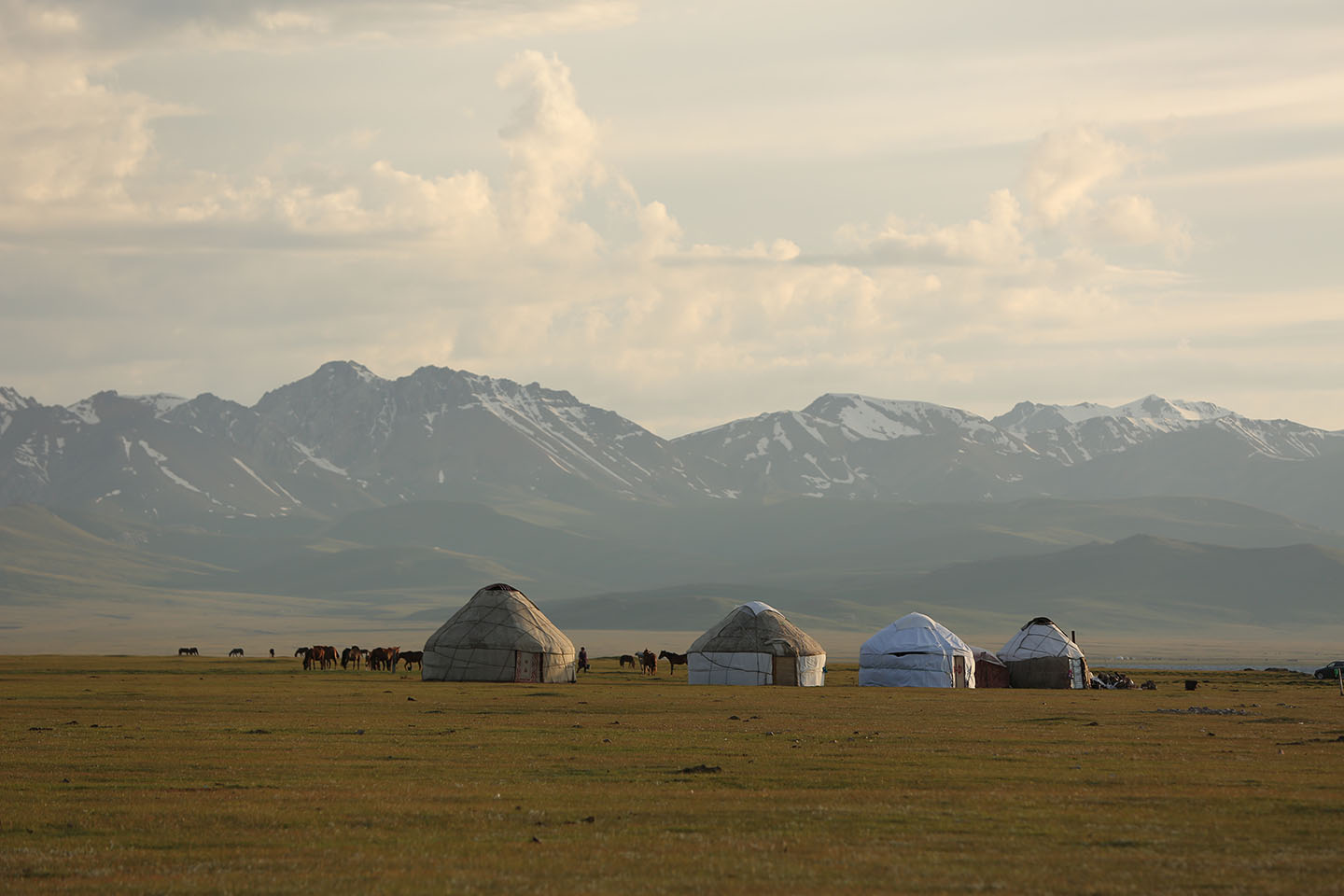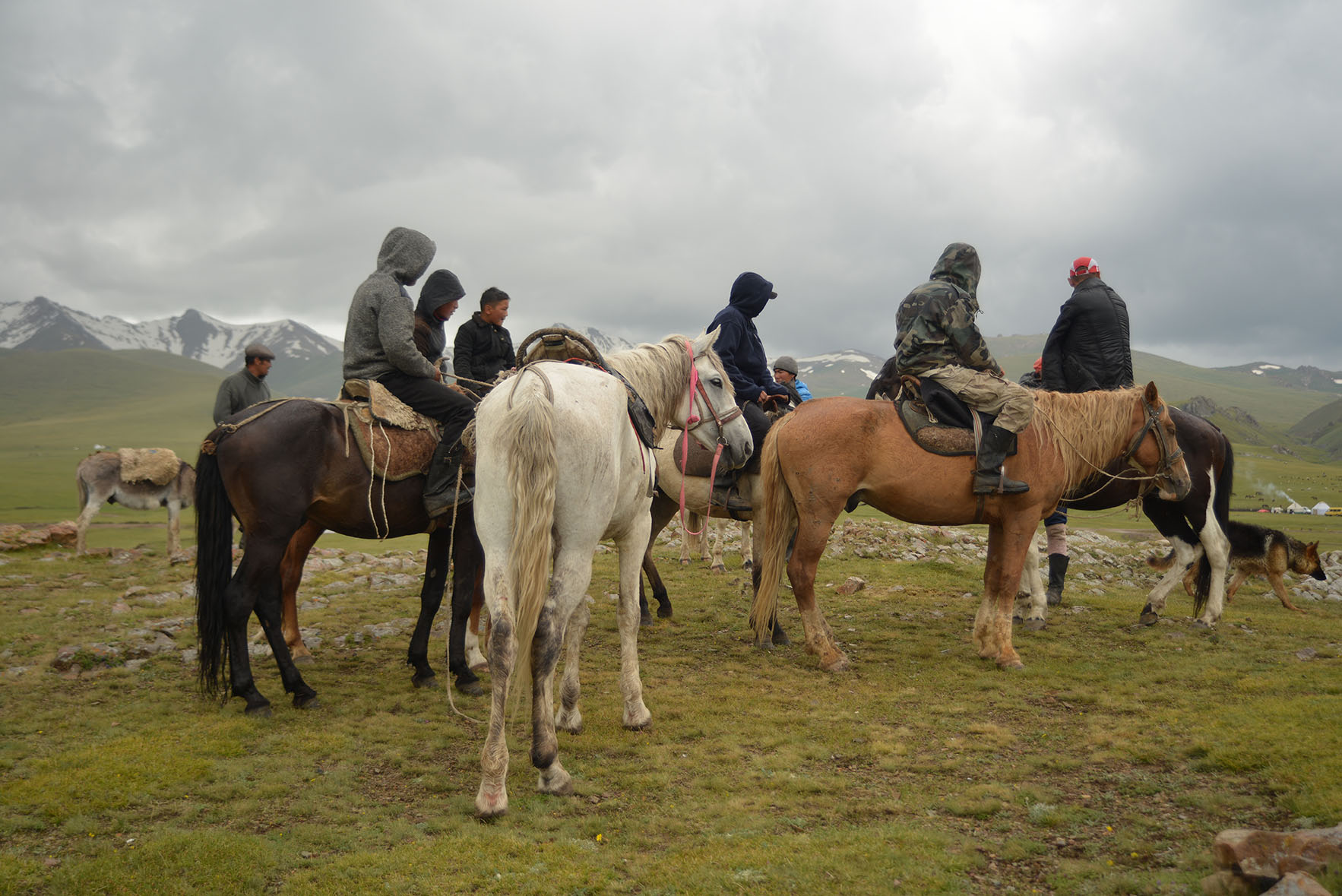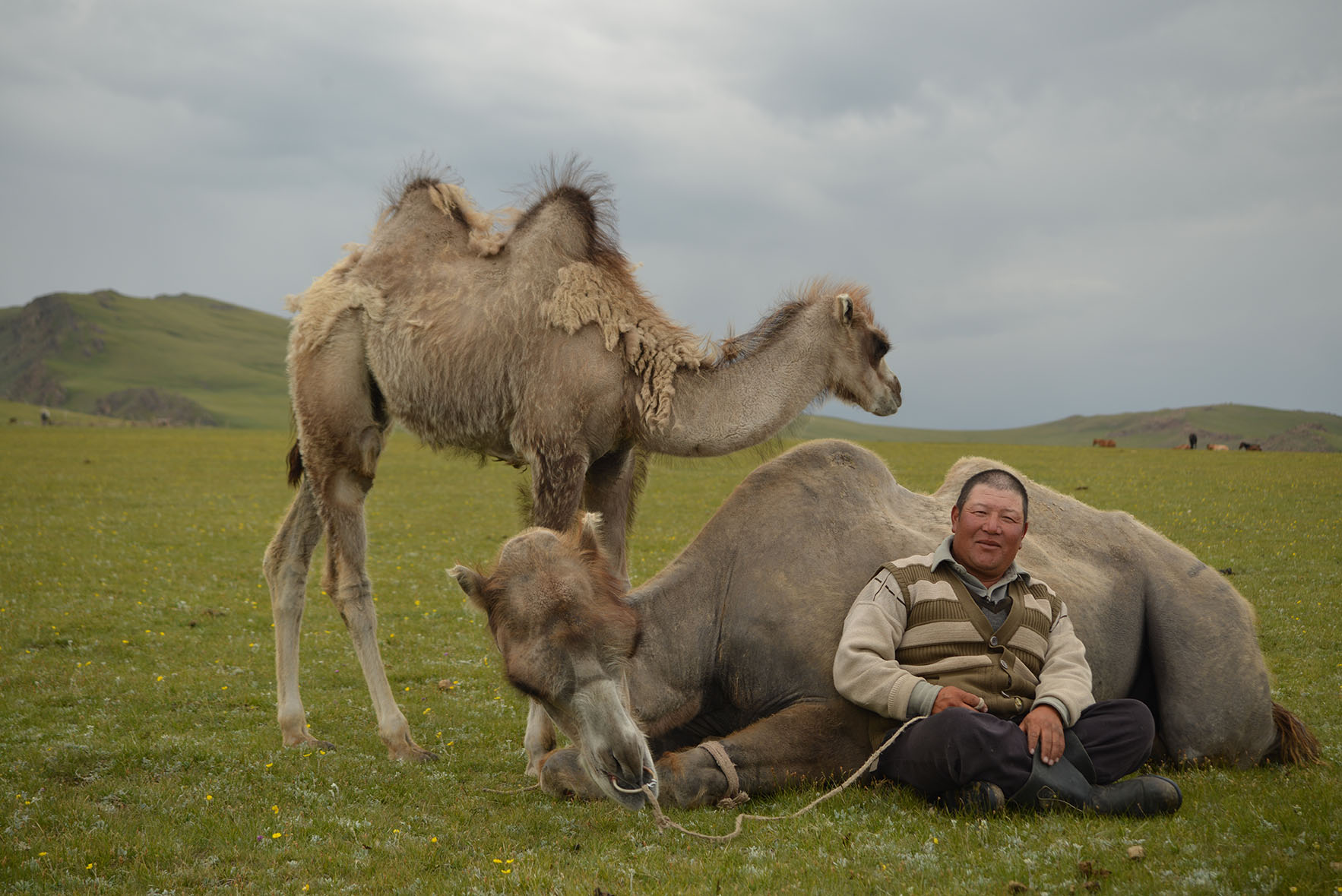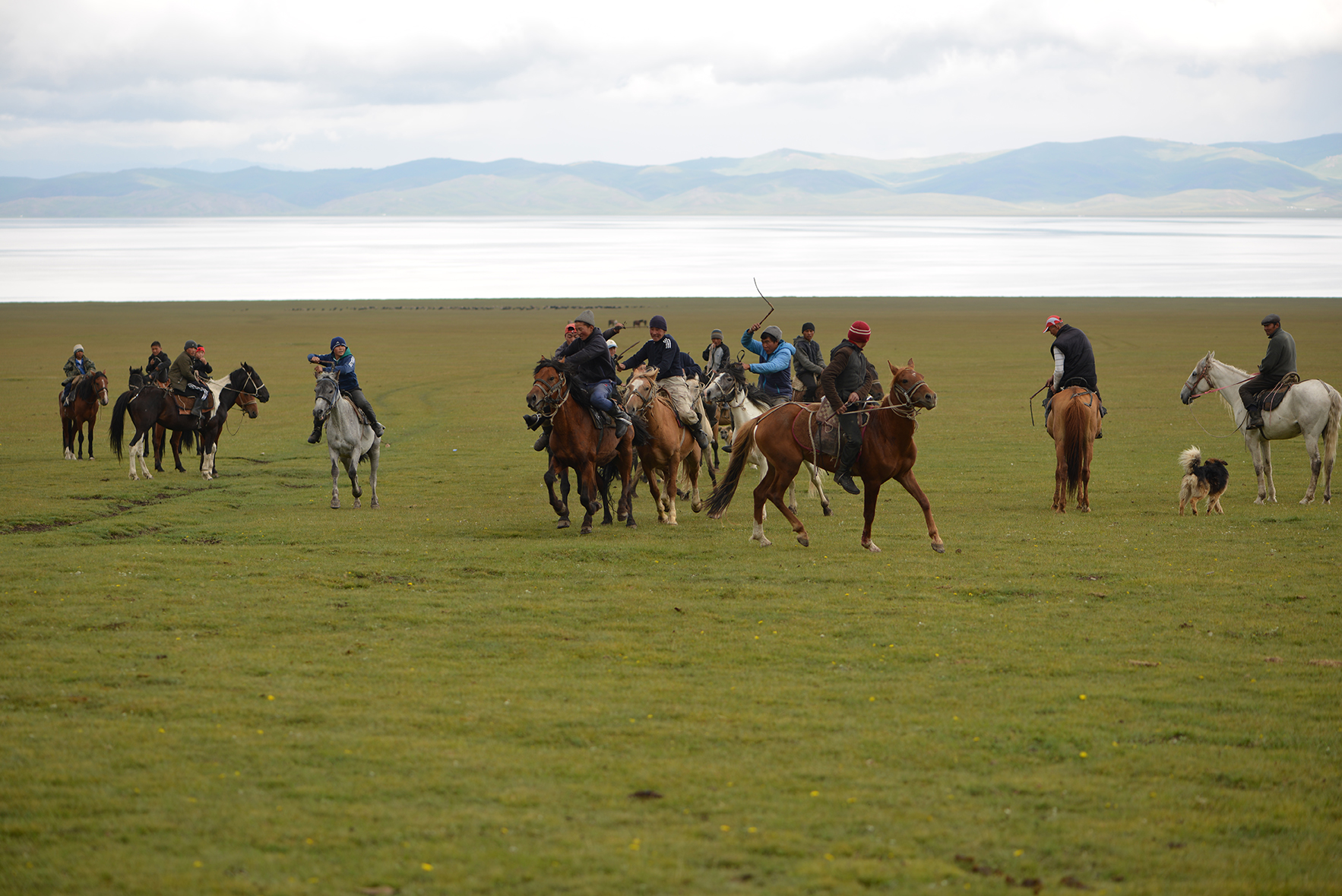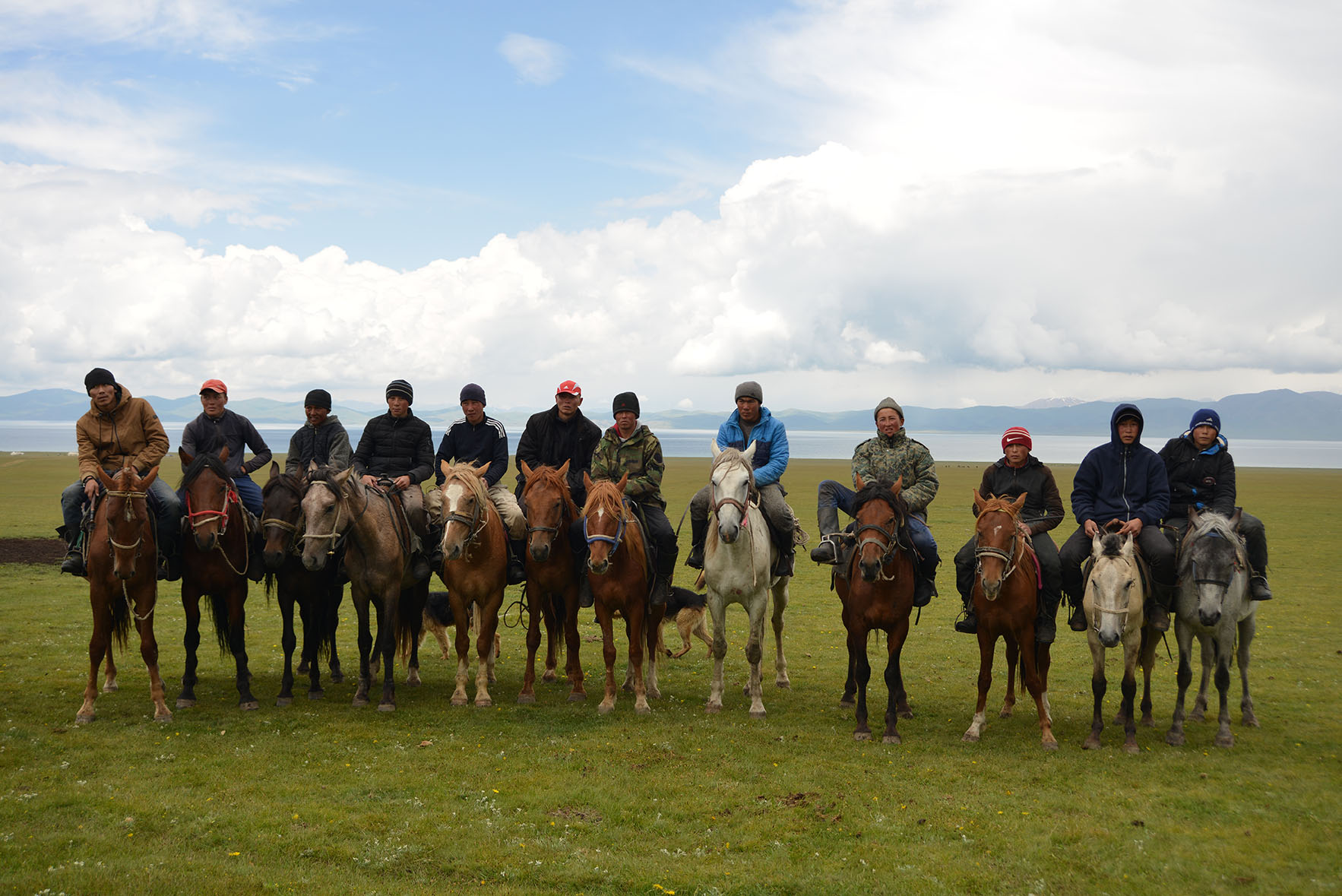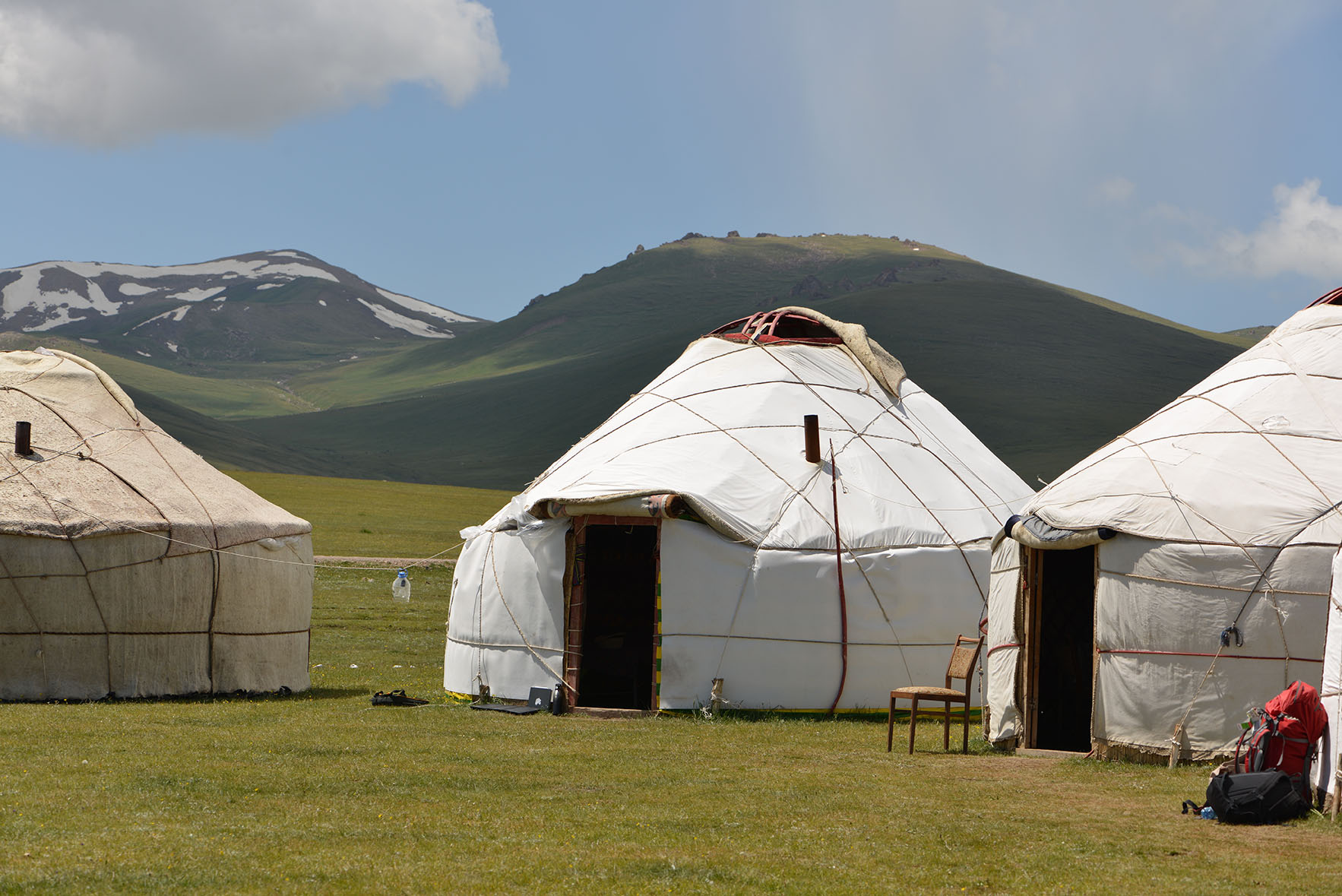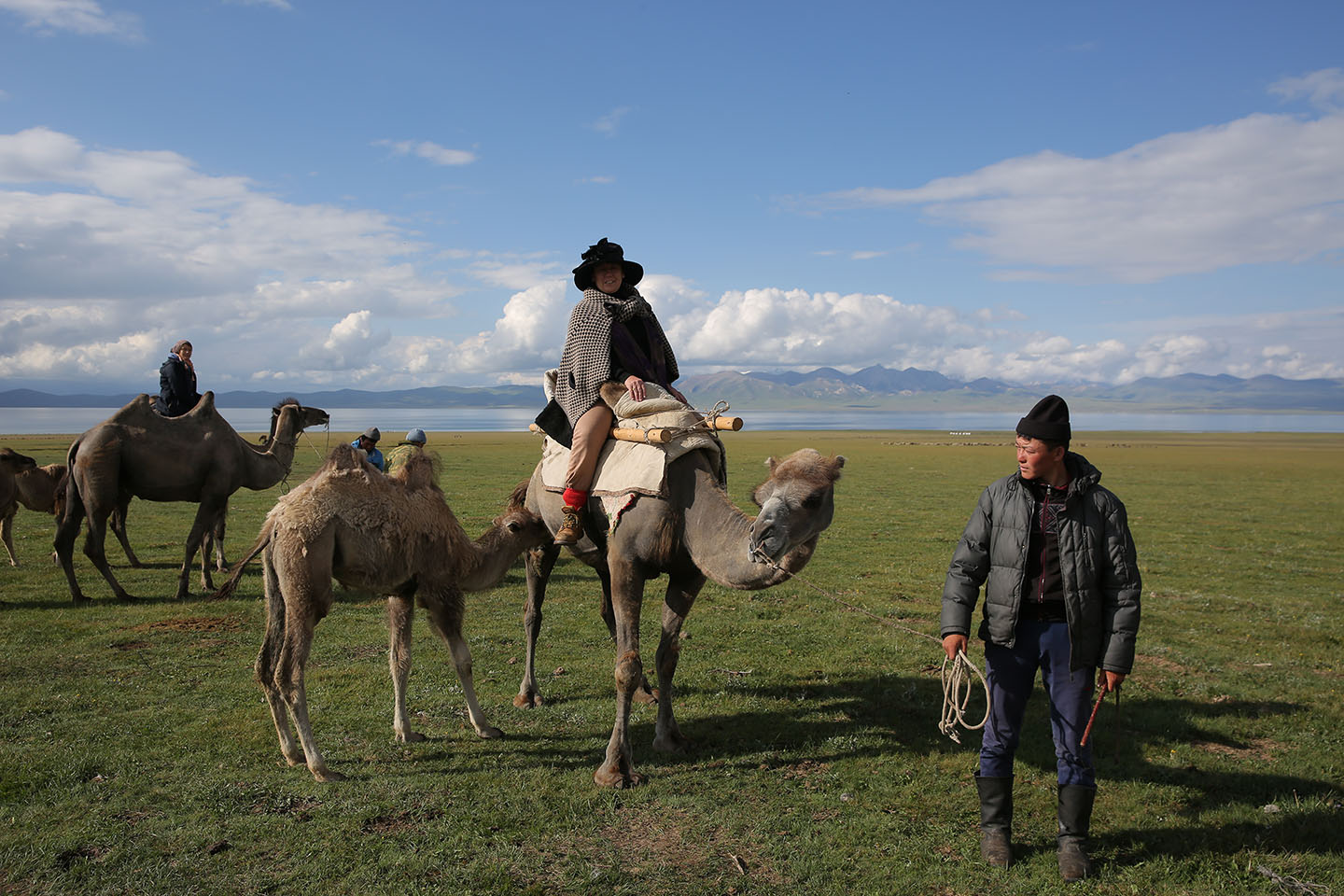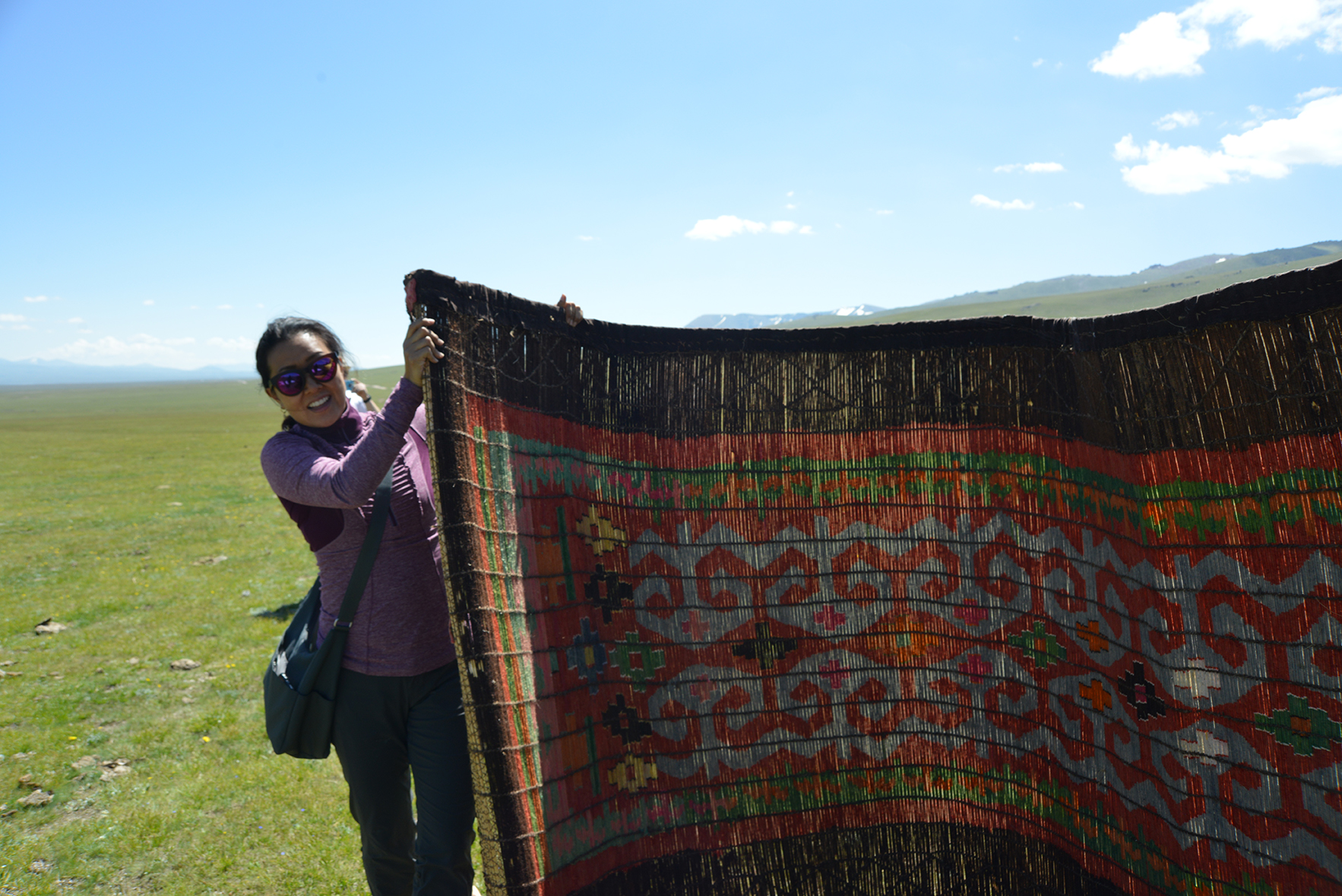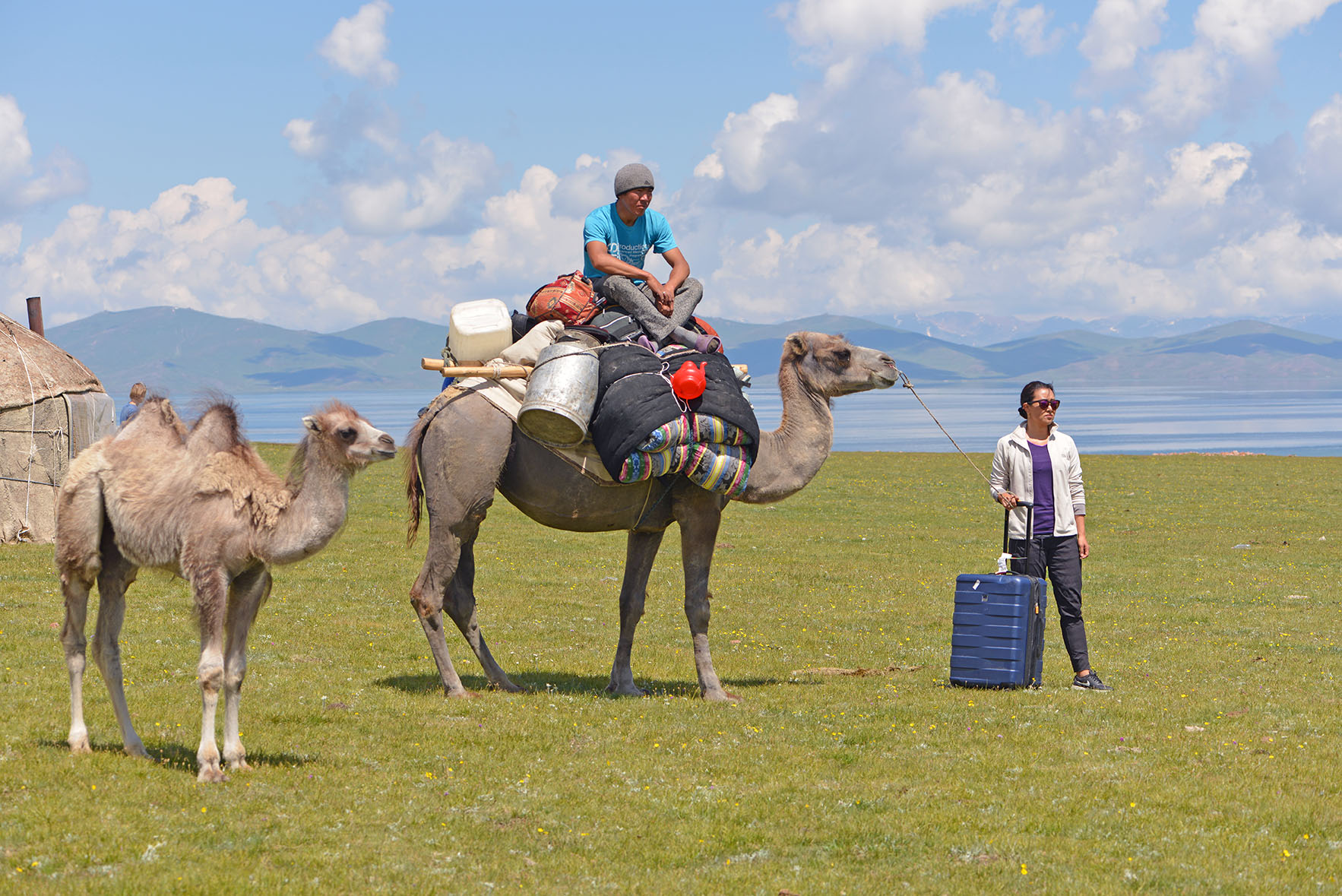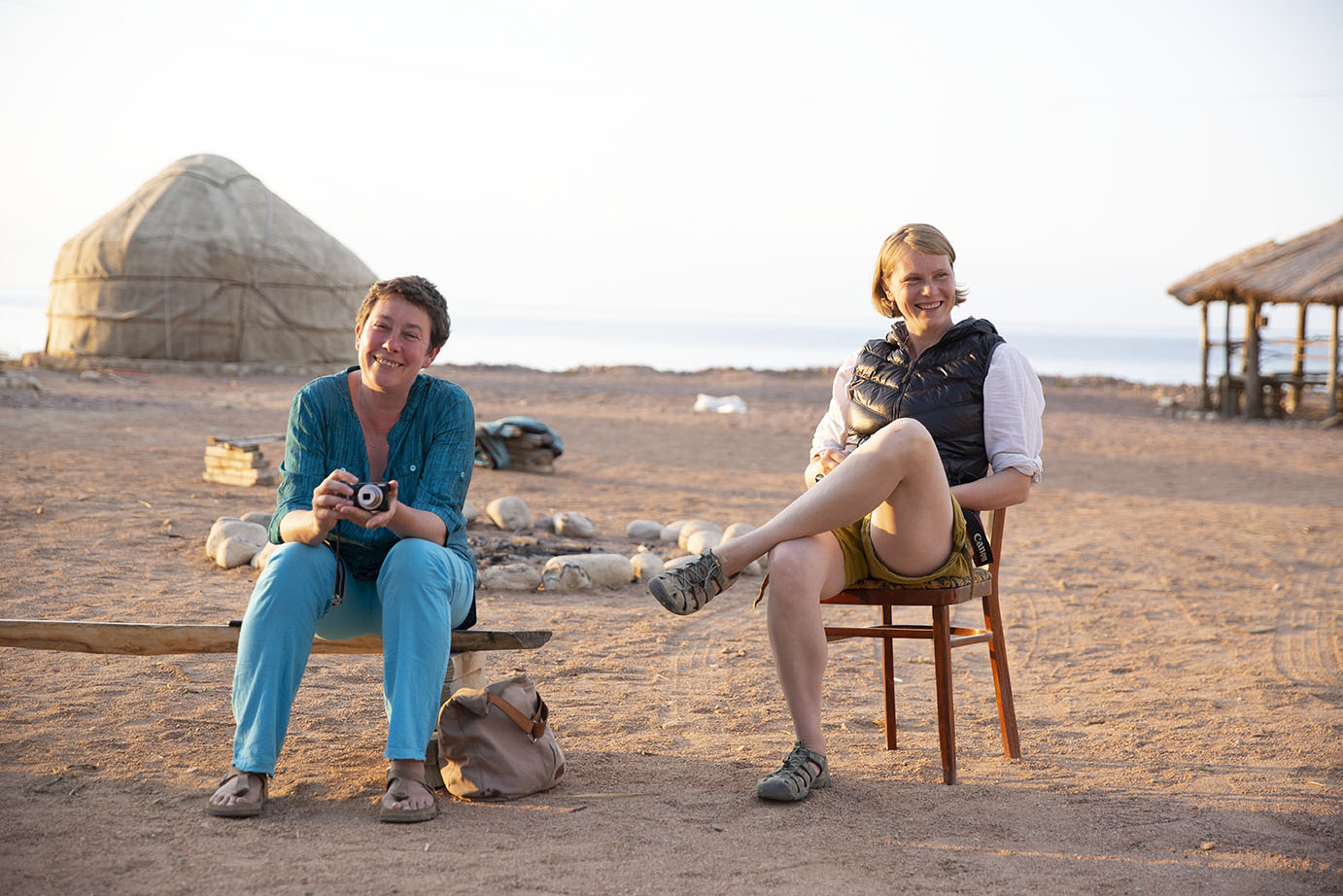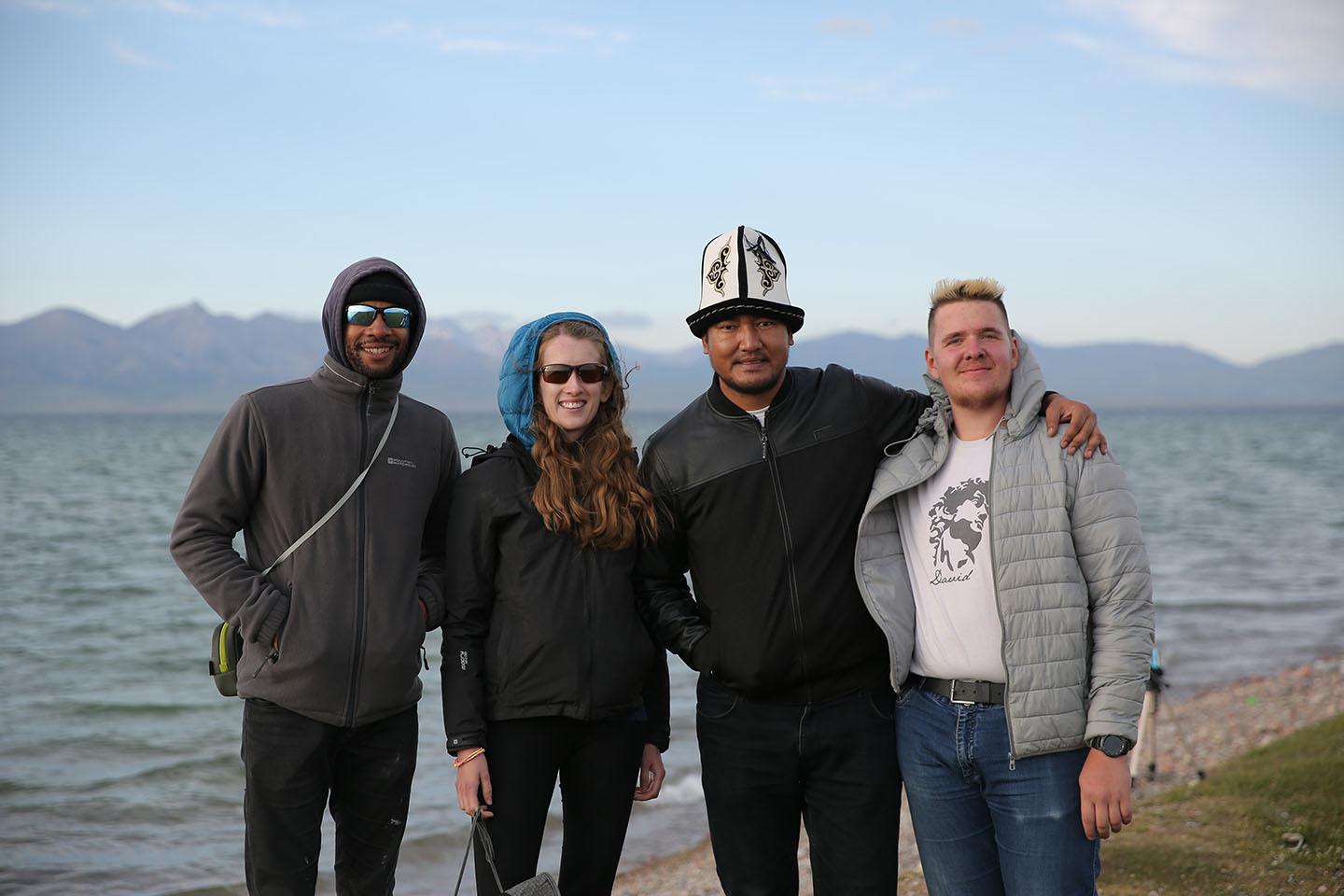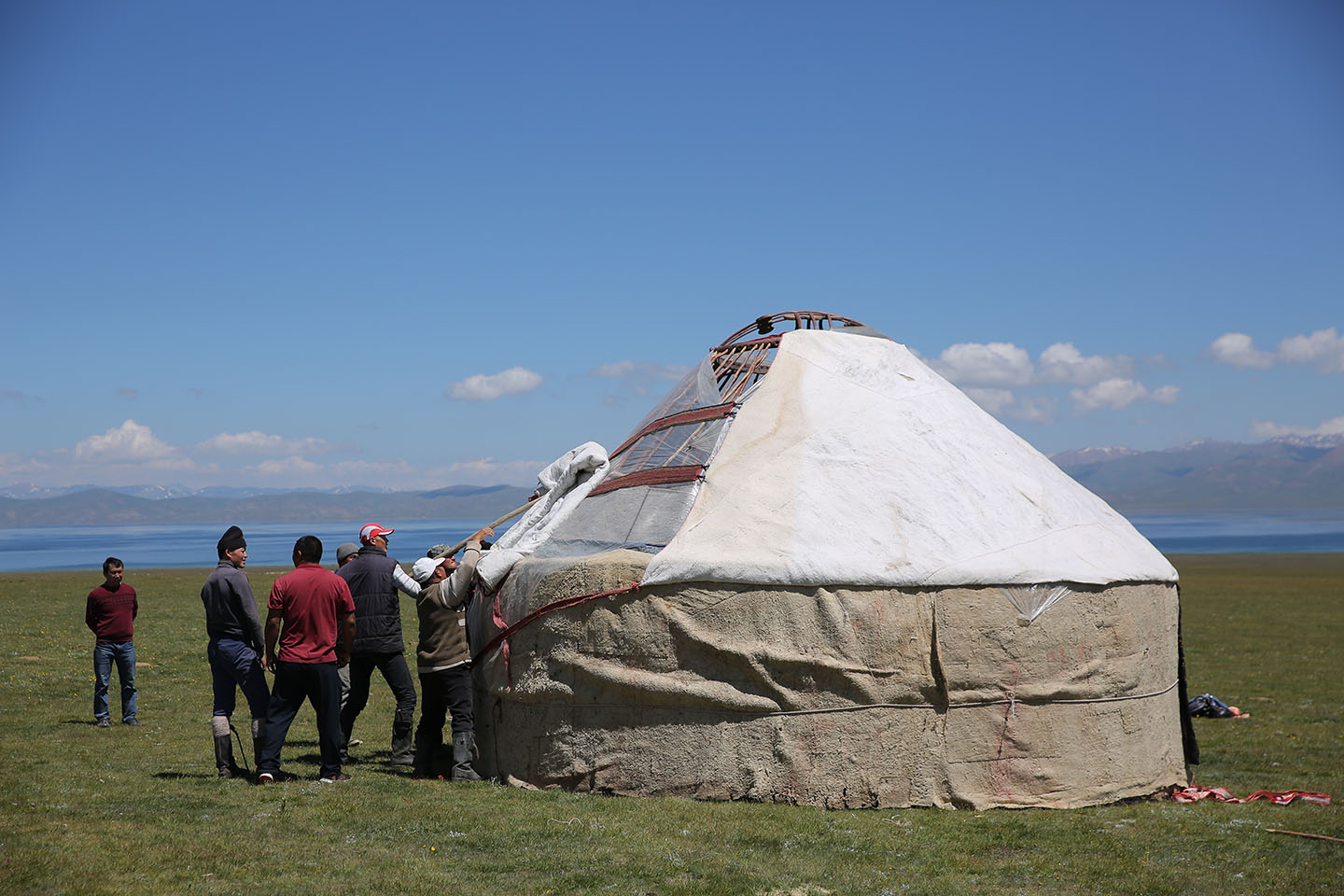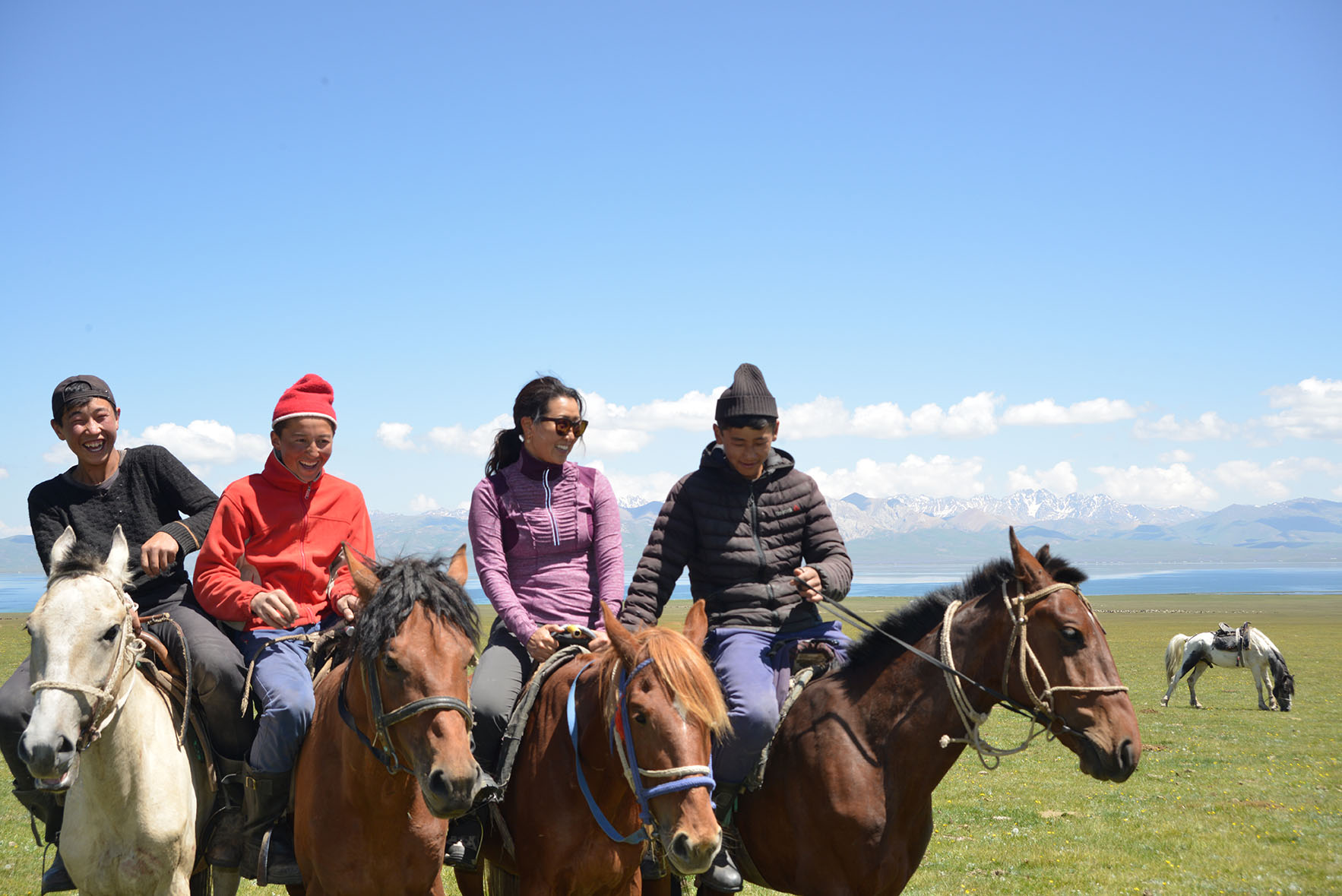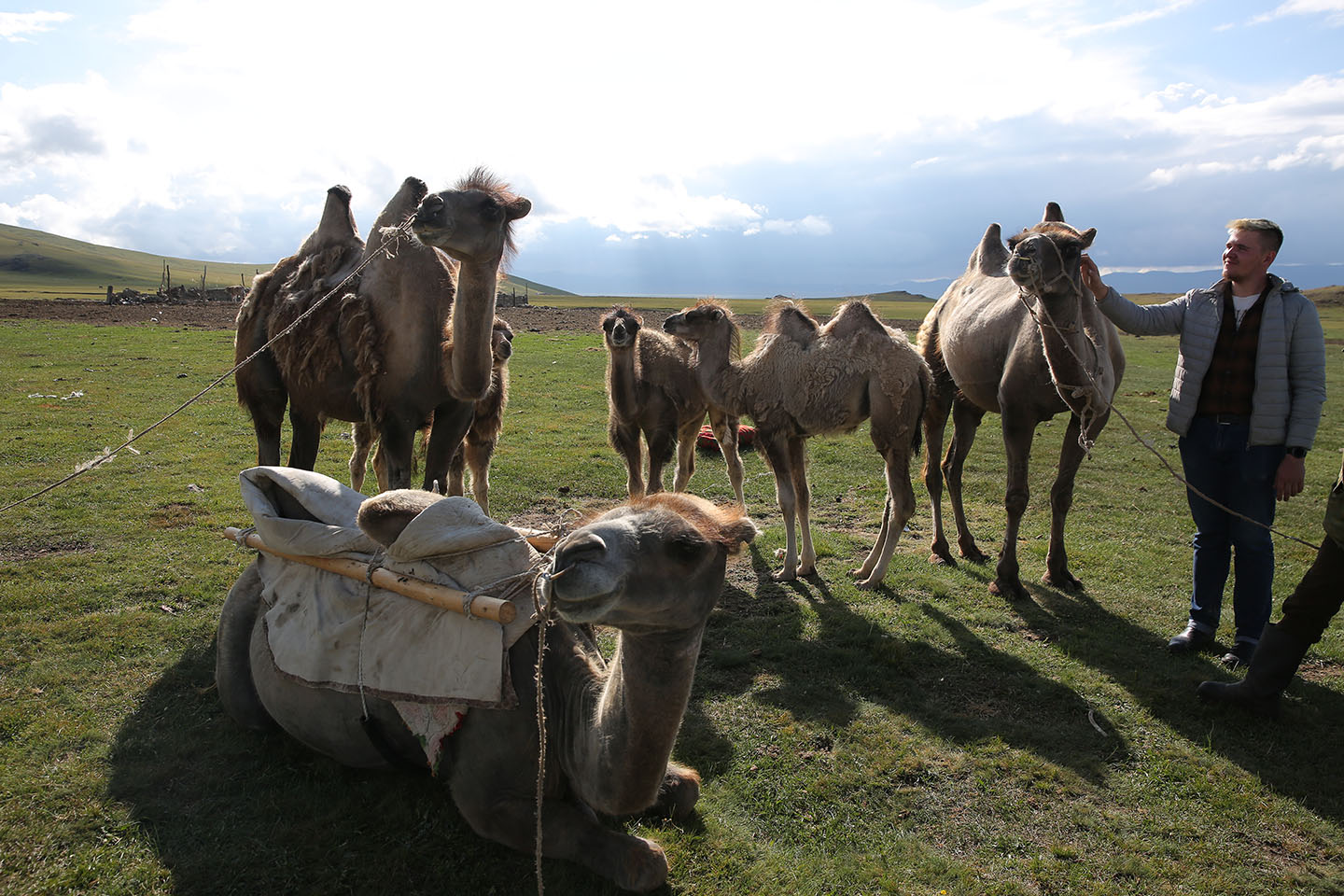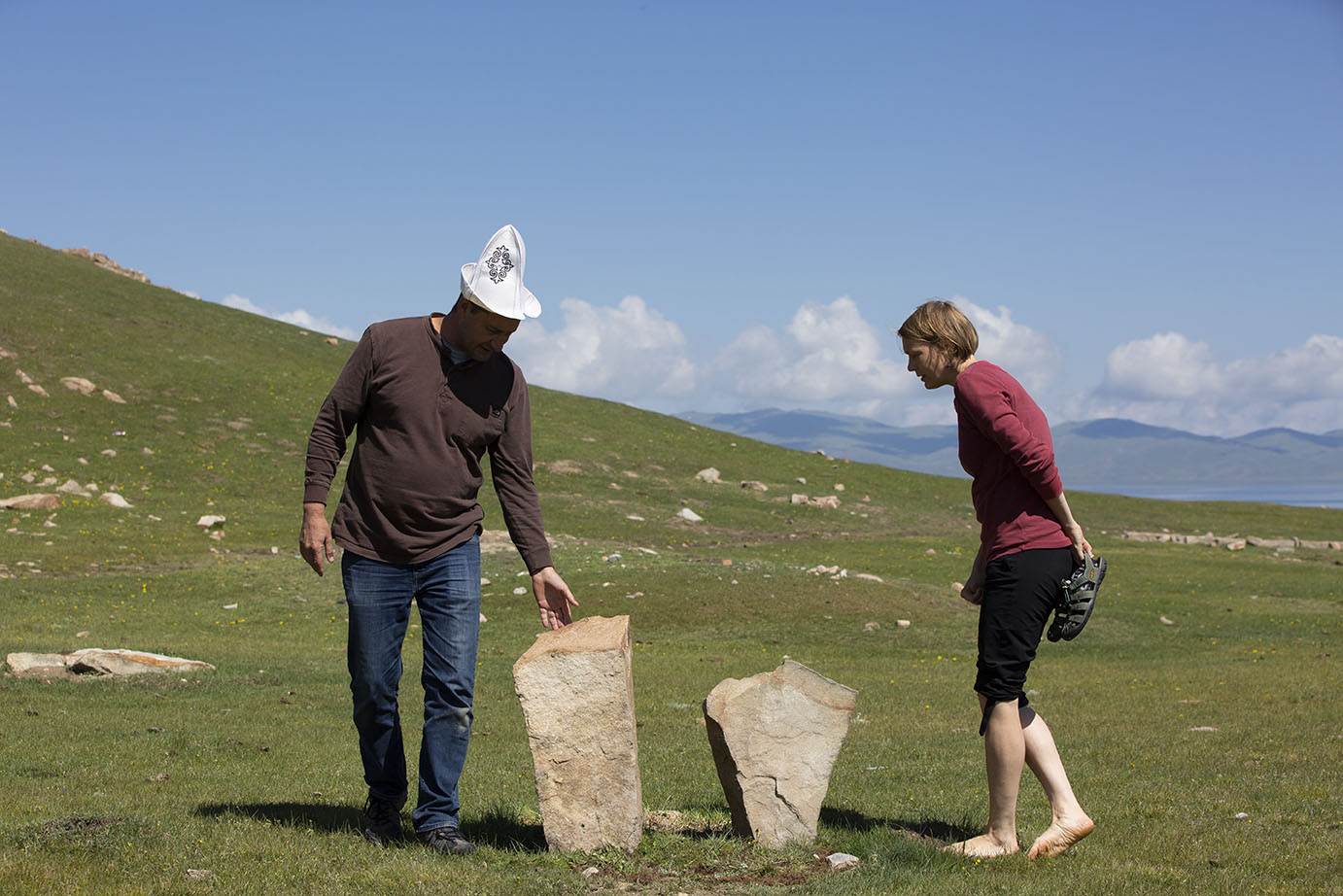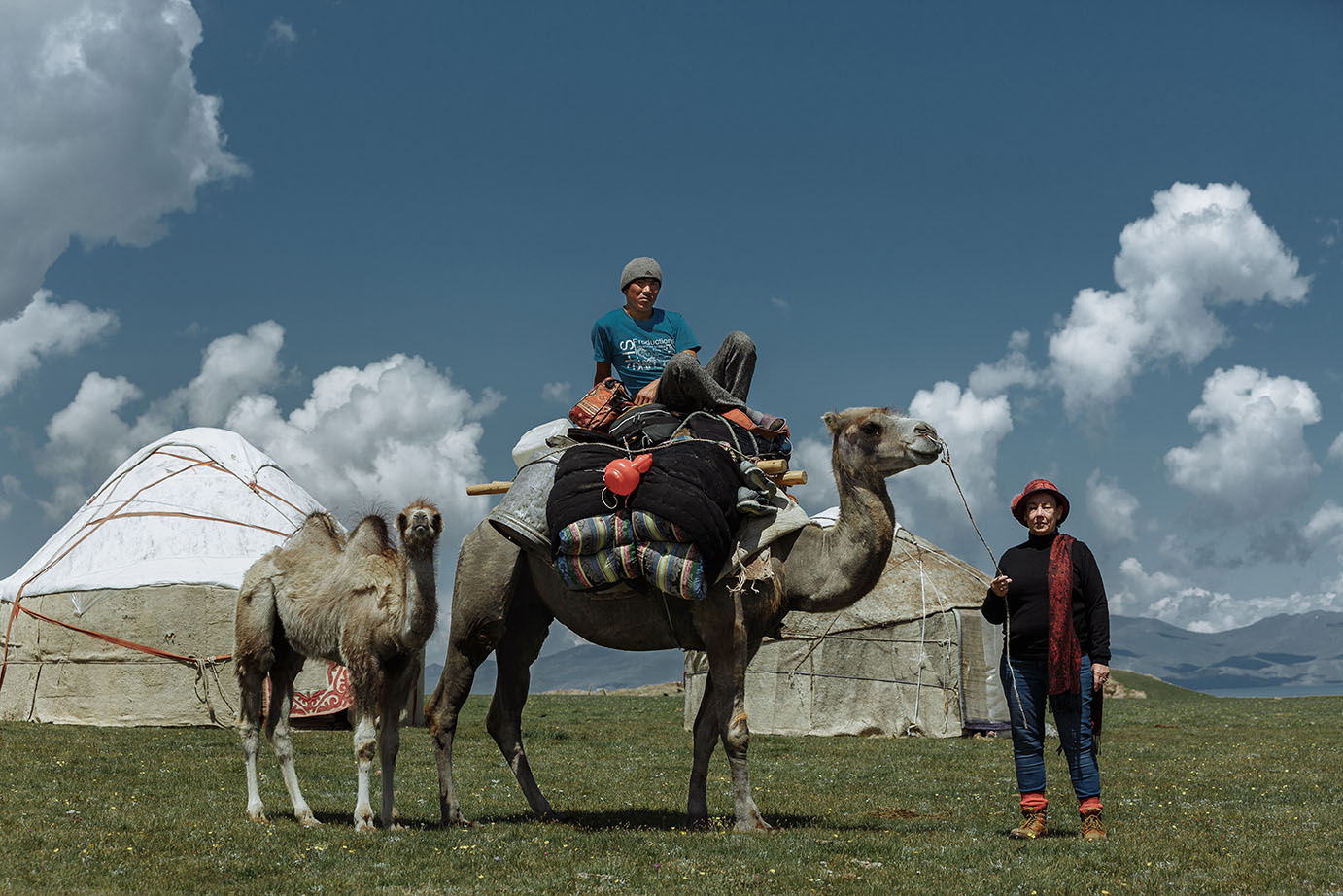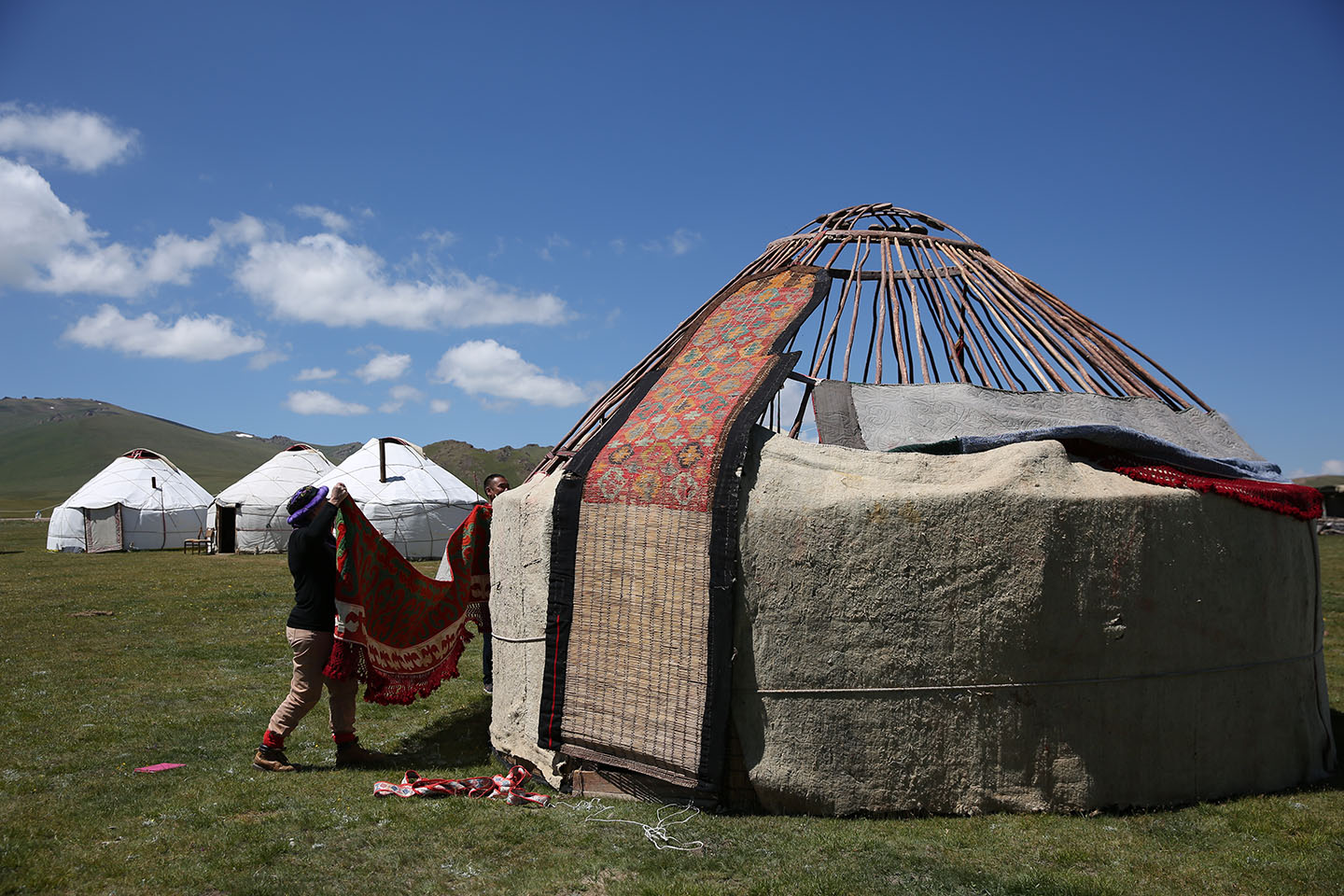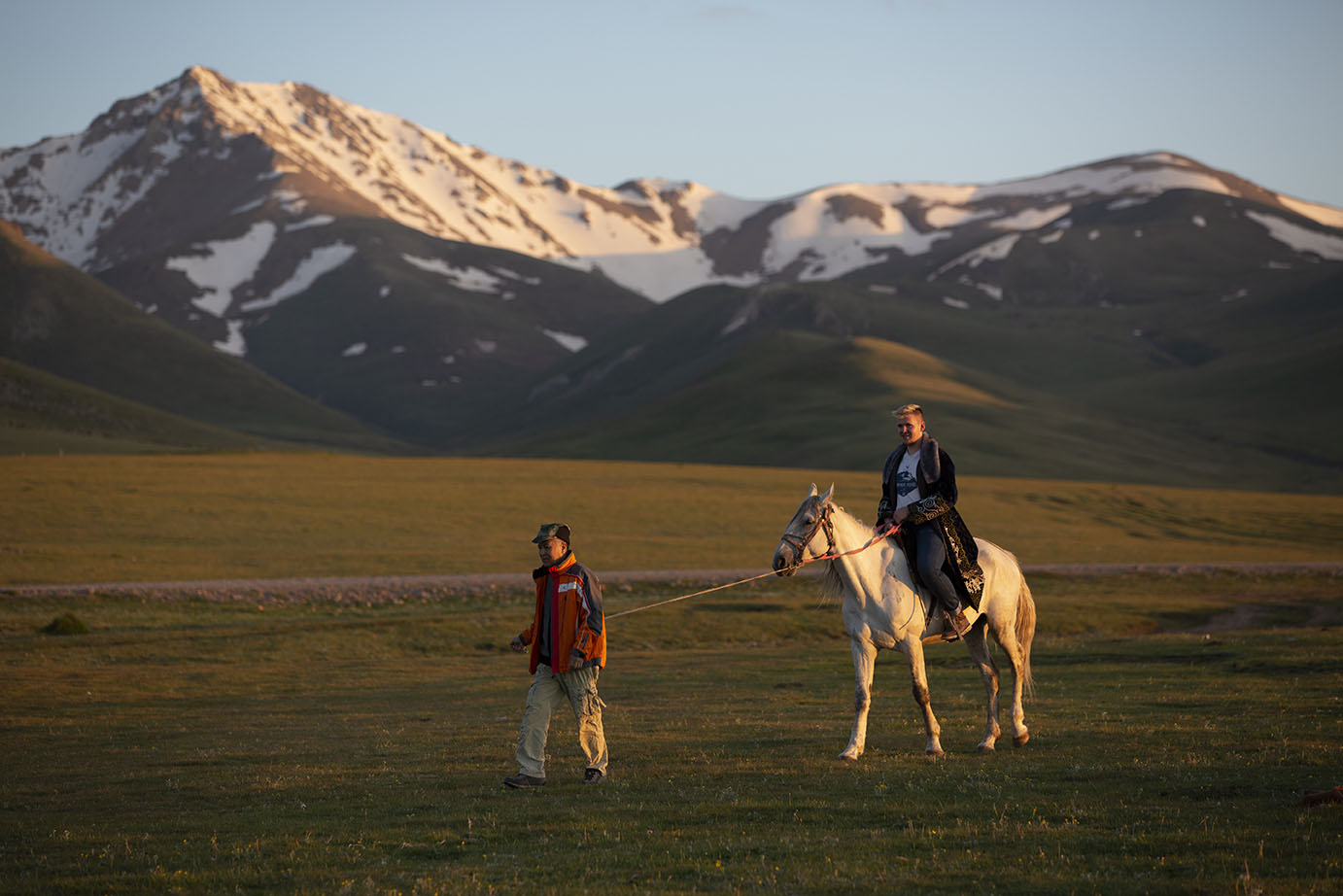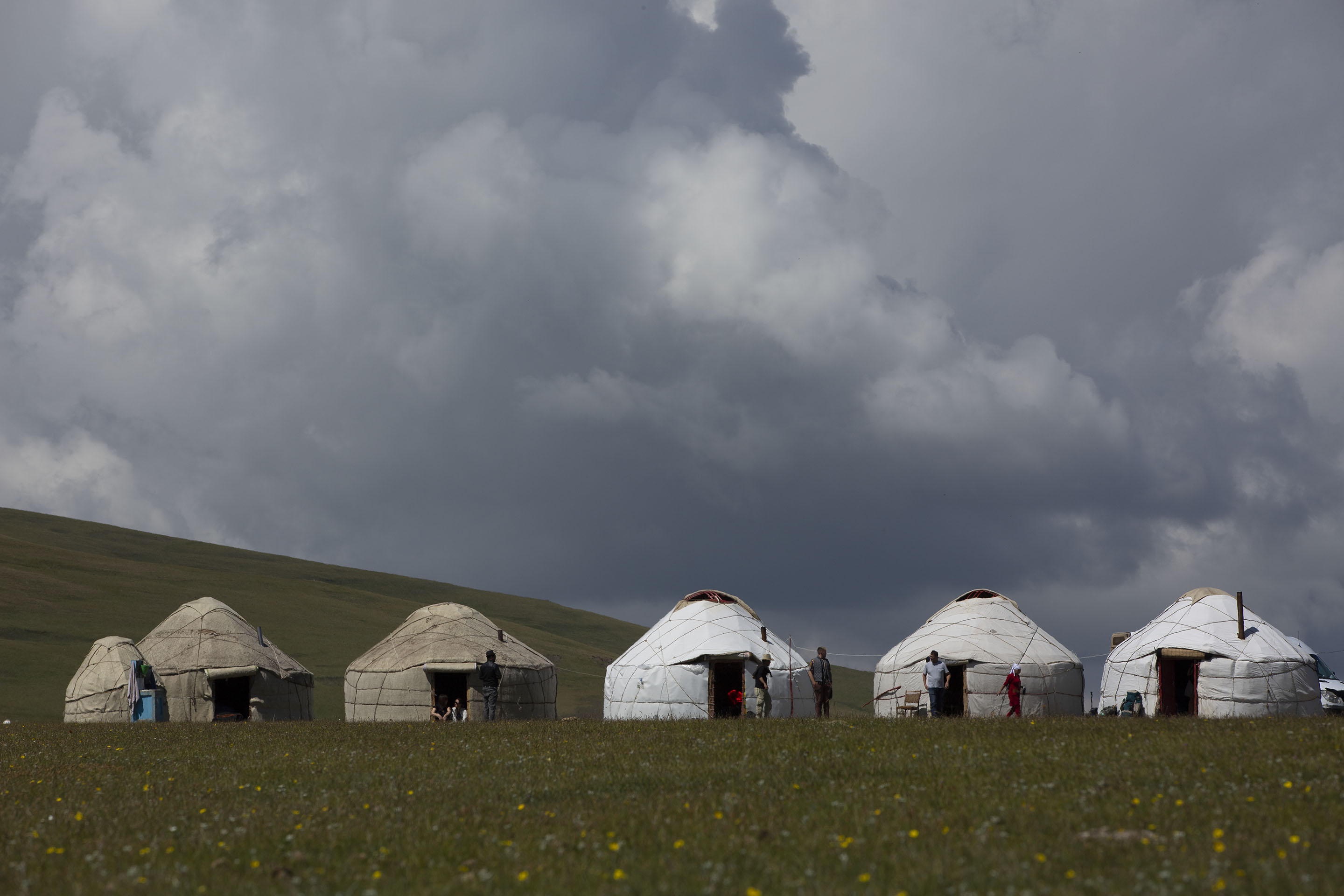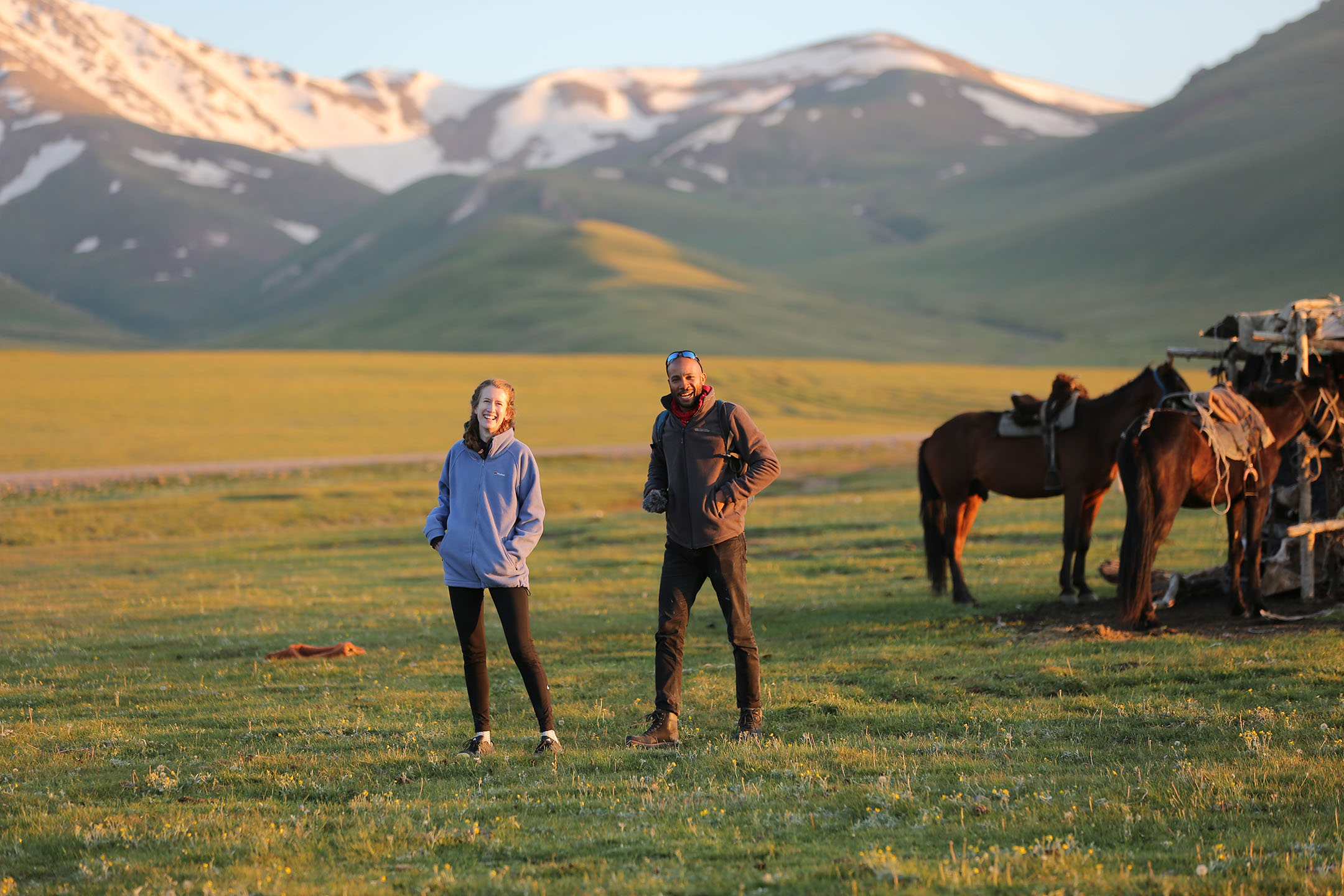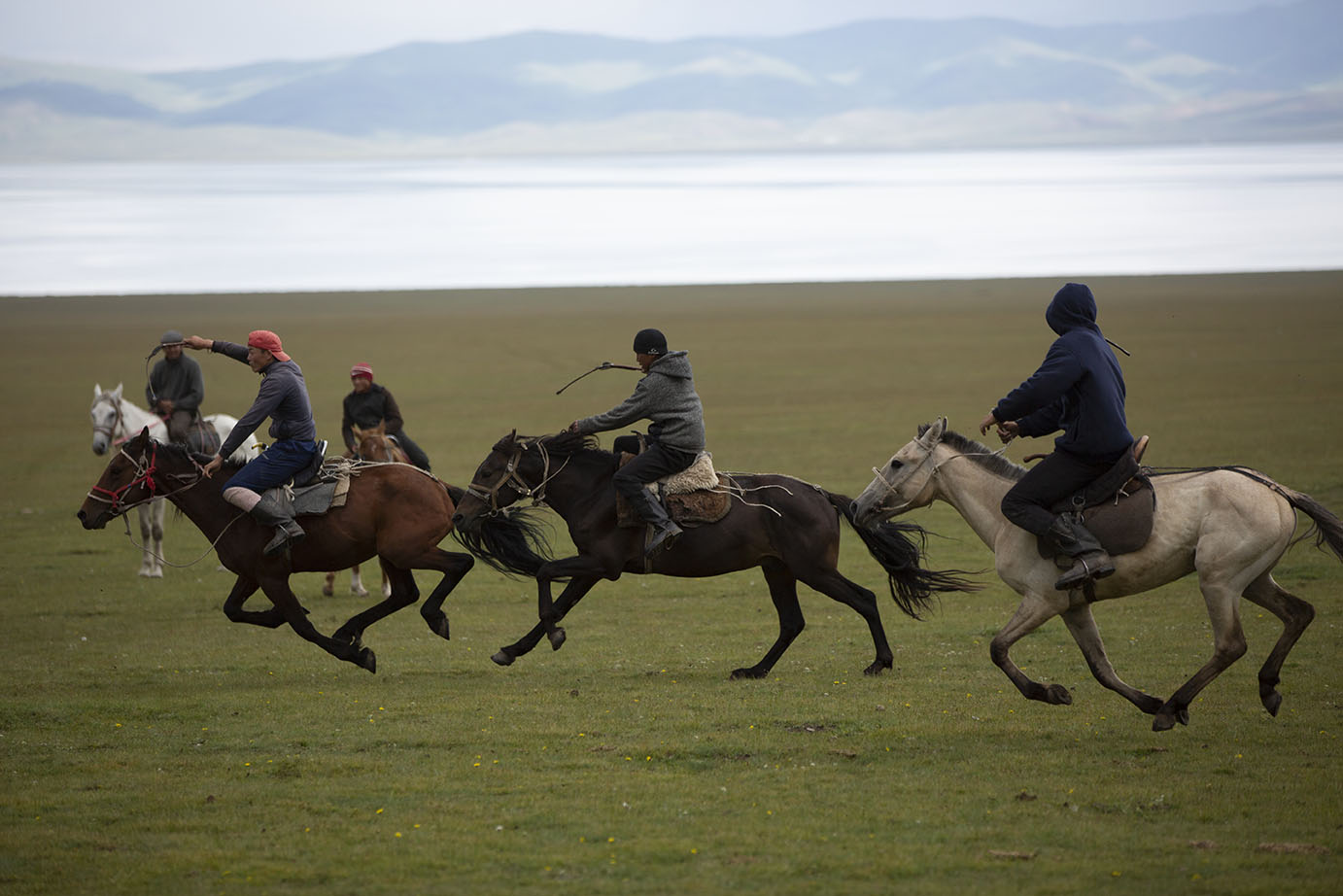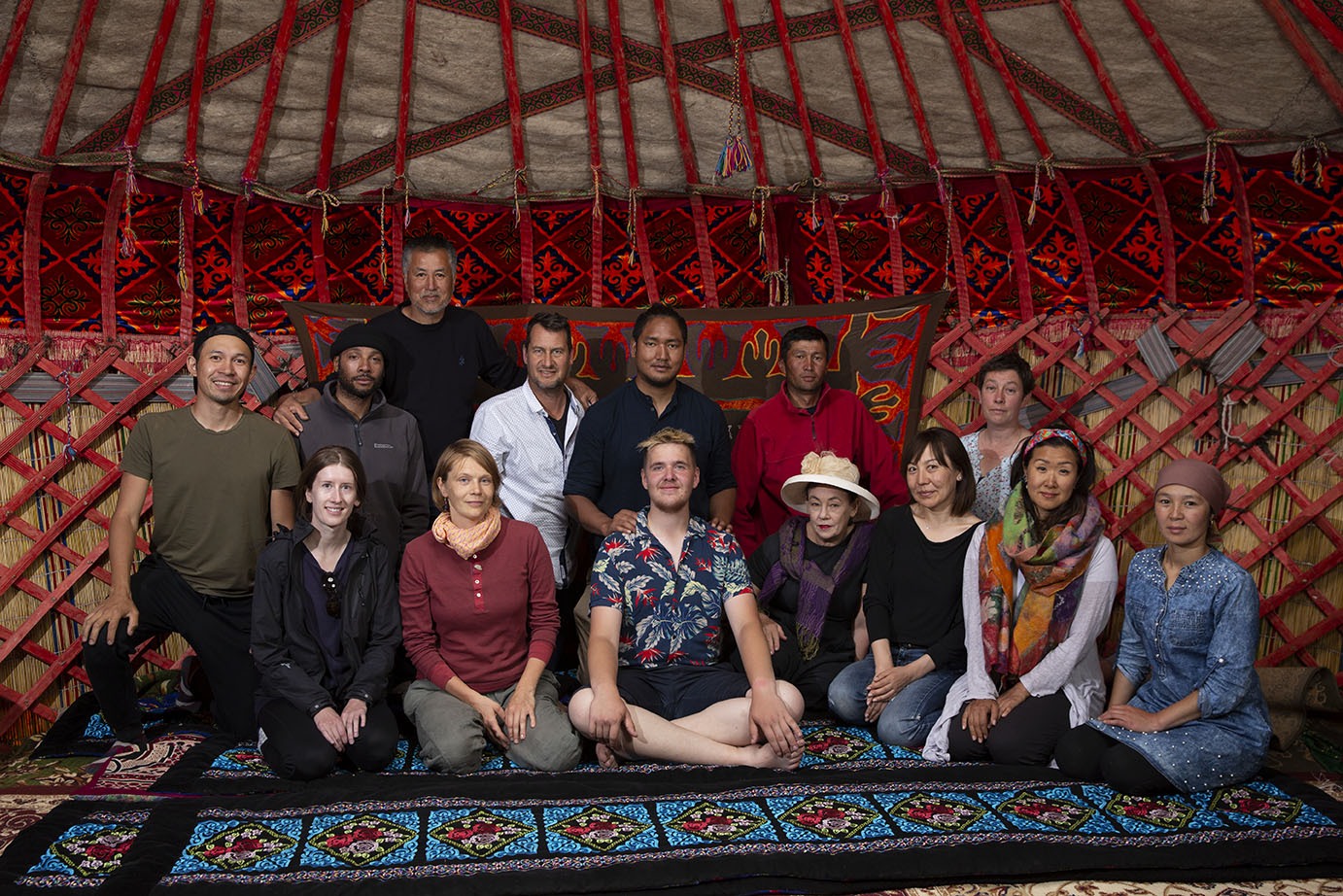2019 Nomadic Art Camp
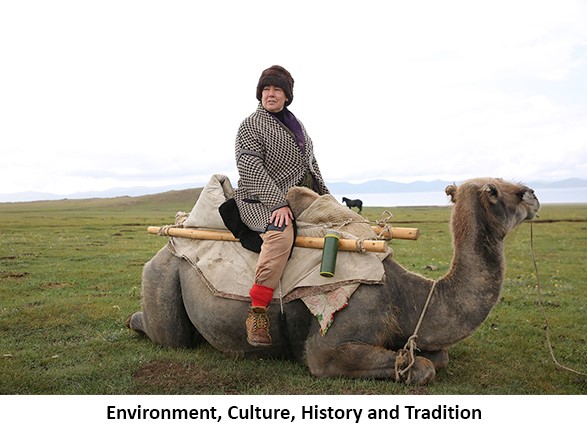
Nomadic Art Camp 2019: Bridging Tradition, Modernity, and Global Challenges through Contemporary Art
In 2019, the Nomadic Art project emerged as a significant international event set in a region of profound ecological and cultural importance. Held near the stunning Son-Kul and Issyk-Kul lakes in Kyrgyzstan, it provided a unique opportunity for artists to engage critically with today’s global challenges through the lens of the region's rich nomadic heritage.
At its core, the project explored the interconnectedness between art, the environment, and cultural traditions. The nomadic lifestyle’s adaptability, mobility, and sustainability offered a distinct model for contemporary artistic practices, contrasting with the urbanized, globalized art world. This perspective fostered reflection on the impacts of modernization—on both the environment and cultural heritage—and how art could respond to these transformations.
The Art Camp drew inspiration from Kyrgyz nomadic culture not as a nostalgic reference but as a dynamic framework for addressing urgent issues like environmental degradation and the erosion of cultural heritage. The vast landscapes and ecological richness of the environment deeply influenced the artists’ creative processes, turning their art into a call to action. Motivated by the urgency of environmental crises, the artists used their work to raise awareness and propose sustainable solutions.
A central theme throughout the project was the role of art in preserving cultural heritage while critically engaging with contemporary issues. The camp facilitated an exchange of ideas, bringing together participants from countries as diverse as Australia, Germany, India, Russia, the USA, the UK, and Kyrgyzstan. This multicultural environment encouraged a cross-pollination of ideas and underscored the importance of addressing both local traditions and universal global challenges.
The works produced were visually striking and deeply reflective, questioning the impact of modernization on the environment and traditional ways of life. The project encouraged participants to explore how contemporary art could preserve cultural heritage while engaging with modern complexities, offering a platform for challenging societal norms and proposing alternative futures.
One of the most significant outcomes of the project was its emphasis on fostering mutual understanding and collaboration across diverse artistic traditions. In a world defined by division and conflict, the camp demonstrated how art could transcend national, cultural, and ideological boundaries, offering a collective vision for the future. By addressing global issues such as environmental sustainability and cultural preservation, the event contributed to a broader discourse on how art can respond to contemporary crises.
In conclusion, the 2019 Nomadic Art Camp was more than just an artistic gathering—it was a significant platform for exploring the intersection of art, culture, history, and environmental responsibility. The event highlighted art’s transformative potential, serving both as a reflection of societal issues and a catalyst for change. Drawing inspiration from the nomadic lifestyle, the project bridged the gap between tradition and modernity, local and global, affirming art’s ability to address critical challenges in the contemporary world.
Artistic Direction and Curatorial Leadership: Shaarbek Amankul
